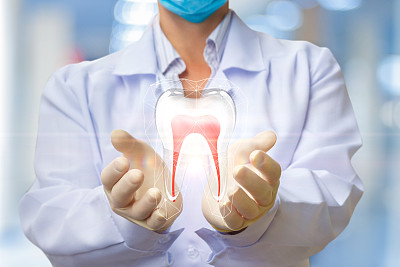The Essential Guide to Understanding the Process of Extracting a Tooth for Better Dental Health
Summary: Understanding the process of tooth extraction is essential for maintaining better dental health. This article delves into the indications for extraction, the different types of tooth extractions, the procedure involved, and post-extraction care. By providing detailed insights into each aspect, readers will be equipped with knowledge that ensures they make informed decisions about their dental health. Whether its dealing with a decayed tooth or overcrowding, knowing what to expect during and after the extraction process can greatly alleviate concerns and promote recovery. This guide aims to empower individuals with the necessary information to engage in discussions with their dental professionals effectively.
1. Indications for Tooth Extraction

Tooth extraction is often recommended for various reasons, and understanding these indications is crucial. One of the most common reasons is severe tooth decay, which can compromise the integrity of the tooth. When the decay has progressed beyond the standard restorative measures, extraction might be the only viable option to prevent further complications.
Another indication for extraction arises with gum disease. Advanced periodontal disease can lead to the loosening of teeth, making it difficult for the affected individual to maintain proper oral hygiene. In such cases, dentists may choose to extract the tooth to promote healthier gum tissue and overall oral health.
Crowding is another significant reason for tooth extraction, particularly in orthodontic treatment. When teeth are misaligned or overcrowded, it may obstruct optimal alignment after braces or other dental corrections. Dentists may recommend extracting specific teeth to allow the remaining ones to shift into better alignment.
2. Types of Tooth Extractions Explained
Tooth extractions typically fall into two categories: simple and surgical. A simple extraction is performed on teeth that are visible above the gum line and can be done with local anesthesia. During this procedure, the dentist leverages specialized tools to gently rock the tooth out of its socket.
Surgical extractions, on the other hand, are more complex and are often necessary for teeth that are broken, impacted, or not fully erupted. This procedure usually requires the administration of general anesthesia and may involve incisions in the gum tissue to access the tooth.
Additionally, certain teeth, such as wisdom teeth, frequently require surgical extraction due to their location and potential complications. In all cases, a professional evaluation helps determine the most appropriate extraction type based on the specific situation.
3. The Tooth Extraction Procedure in Detail
When preparing for a tooth extraction, the dentist takes several crucial steps. Initially, a thorough examination is conducted, often involving X-rays to assess the tooth’s condition and its roots. This information helps the dentist develop a suitable extraction plan tailored to the patient’s needs.
Once the decision to proceed is made, the dentist administers anesthesia to ensure comfort during the procedure. For simple extractions, this involves local anesthesia, while surgical extractions may necessitate general anesthesia. The patient is then made comfortable to manage anxiety and prepare for the operation.
The actual extraction follows, starting with the dentist applying pressure and using the appropriate tools to extract the tooth. After the tooth is removed, the socket may be cleaned and, if necessary, stitches may be placed to promote healing. The overall procedure varies in duration, typically lasting from 20 to 40 minutes.
4. Post-Extraction Care and Recovery
After a tooth extraction, following proper aftercare instructions is crucial for a smooth recovery. Patients are often advised to bite down on gauze for about 30 minutes after the procedure to control bleeding. Its essential to avoid rinsing the mouth vigorously, as this can dislodge the blood clot necessary for healing.
Pain management is another vital aspect of post-extraction care. Dentists usually recommend over-the-counter pain relievers or may prescribe stronger medications when necessary. Additionally, patients should apply ice packs to the outside of the cheek to reduce any swelling.
Diet also plays a significant role in recovery. Soft foods that do not require chewing, such as yogurt, pudding, and soups, are advised for the first few days. Staying hydrated and maintaining proper oral hygiene without disturbing the extraction site is also crucial for preventing infections.
Summary:
The process of tooth extraction, while often daunting, is essential for addressing various dental issues, from decay to crowding. Familiarizing oneself with the indications for extraction, the types of procedures available, and post-extraction care can significantly ease anxiety and promote overall dental health. Keeping informed empowers individuals to engage in their dental care actively.
This article is compiled by Vickong Dental and the content is for reference only



